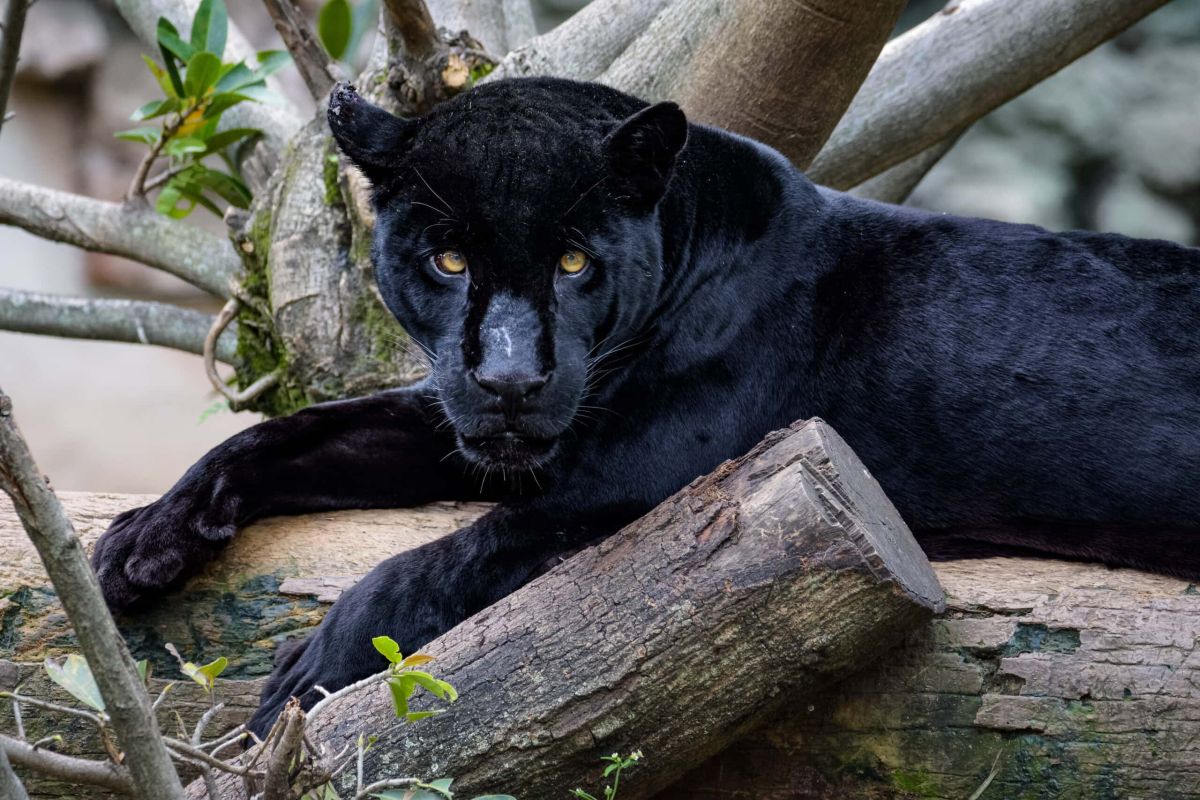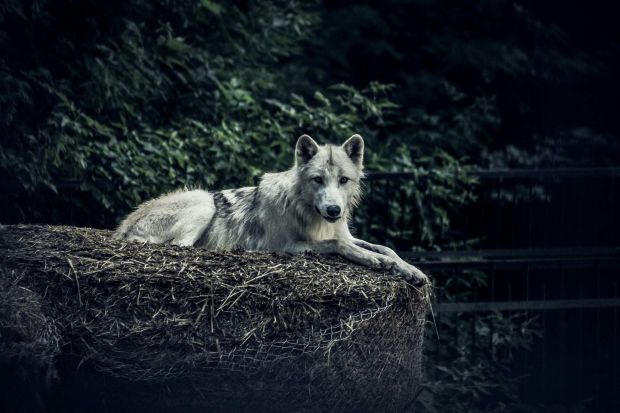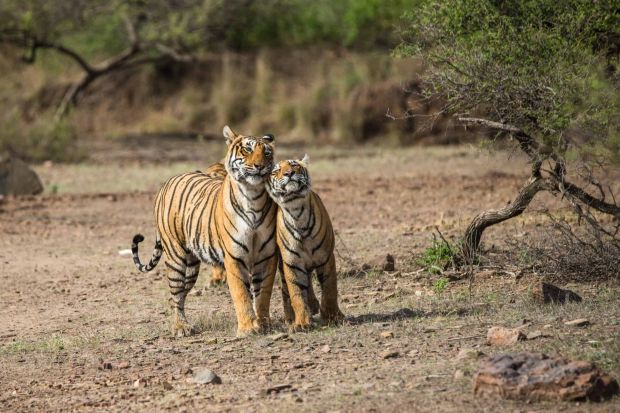The Misnomer of the Black Panthers

Black Panthers have long captivated the human imagination, with their sleek black coats and enigmatic presence. They are popular cultural icons, often depicted in movies, television shows, and comic books as powerful and mysterious creatures. However, the term “Black Panther” is often misleading, as it does not refer to a separate species of big cat, but rather, to a specific color variant of either leopards or jaguars.
The Black Panther phenomenon is a result of a gene mutation called melanism, which leads to an overproduction of the dark pigment melanin in the skin, fur, or feathers of animals. This condition is relatively common in several animal species, including certain snakes, birds, and big cats. While melanistic leopards and jaguars are often referred to as Black Panthers, there is no such thing as a Black Panther species.
Melanistic leopards, which are native to Africa and Asia, are the most widely recognized Black Panthers. They exhibit a striking black coat, which can make them difficult to distinguish from their surroundings, providing them with excellent camouflage. Despite their dark coloration, melanistic leopards still possess the iconic rosette patterns typical of their non-melanistic counterparts, albeit much harder to see.
Jaguars, native to the Americas, can also carry the melanistic gene. Melanistic jaguars, often found in the dense rainforests of South America, are commonly mistaken for melanistic leopards due to their similar appearance. However, a closer look reveals that melanistic jaguars have a distinct, larger rosette pattern compared to melanistic leopards, which can help in differentiating between the two species.
Although melanistic leopards and jaguars are often portrayed as being rare and elusive, they are more common than one might think. In some regions, melanistic leopards make up a significant portion of the leopard population, particularly in areas with dense vegetation and low light conditions, where their dark coloration provides a distinct advantage.
Despite their prevalence, melanistic leopards and jaguars face numerous threats in the wild, primarily from habitat loss and fragmentation, poaching, and human-wildlife conflicts. Conservation efforts are crucial to protect these magnificent creatures and ensure their survival for future generations.
The term “Black Panther” is a misnomer that has led to a widespread misunderstanding of these animals’ true nature. While the term has been popularized in culture, it is essential to recognize that melanistic leopards and jaguars are simply color variants of their respective species. The existence of these melanistic big cats highlights the incredible diversity and adaptability of the natural world, as well as the need for continued conservation efforts to protect these magnificent creatures and their habitats.



